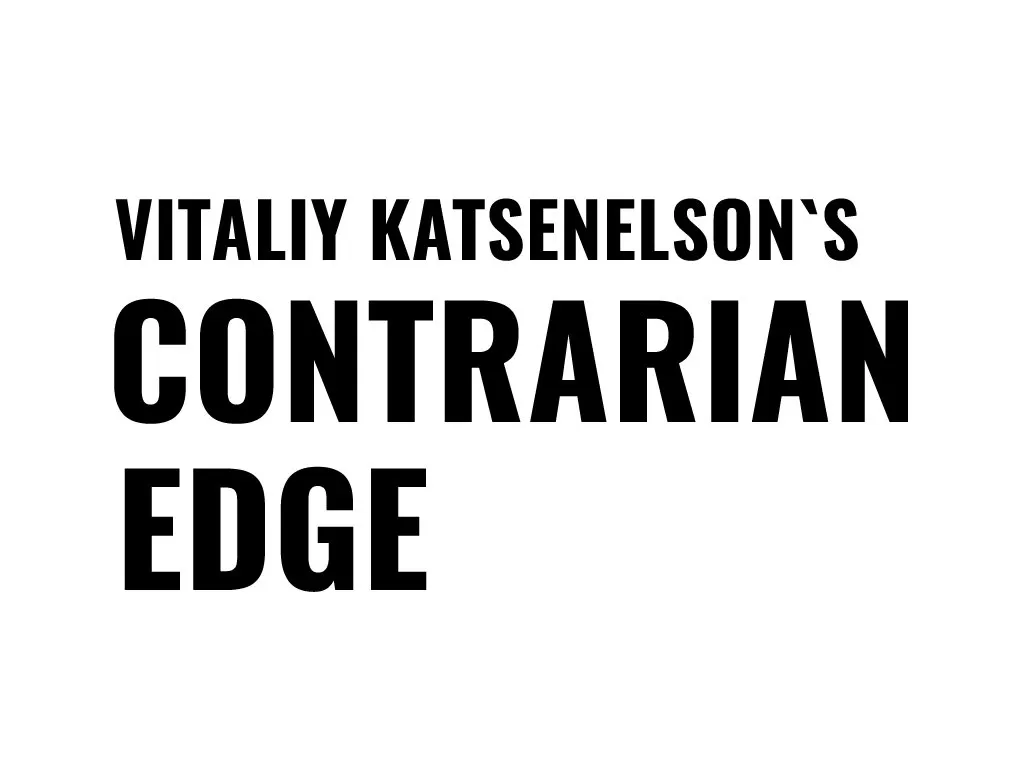April 28, 2004 – TheStreet.com: Street Insight
The most recent Barron’s contains a favorable article about Colgate by senior editor Jacqueline Doherty. The gist of the article is that Colgate is cheap, its recent quarter sub-par earnings growth just a short-term setback, and it should return to its long-term growth target of 11% next year.
I disagree. Colgate will not be able to return to its historical growth rates. The stock is not cheap. It is reflecting a secular decline in Colgate’s growth. In fact, I would argue that the stock is overvalued, and has not fully discounted the diminution of Colgate’s growth prospects.
This is a part of her argument: “At a recent $56, the stock trades at 21 times expected ’04 earnings of $2.62 a share and 19 times next year’s estimates of $2.92. That’s far below the 29 P/E the stock sported three years ago and among the lowest multiples in the consumer-products realm.â€
Colgate is a top-notch company with strong, brand-name products. It is run by a well-respected management team which has created a lot of value for shareholders in the past. That is the first warning sign of a faith premium built into the stock. I don’t think that faith premium is warranted any longer.
Yogi Berra said: “You can observe a lot by watching.†Lets watch and try to understand what were the drivers behind impressive earnings growth (over the past five years) – what I call sources of growth.
· Sales grew only 2% a year. I am afraid to find out what that would be on the constant dollar basis since a large portion of sales comes from overseas.
· Net margins expanded from 9.5% to 14.4%. That contributed another 8.8% to annual net income growth. Most of the margin expansion came from cost cutting since operating leverage only kicks in when there is meaningful sales growth.
· Colgate was buying back stock consistently year after year, which contributed another 1.9% to annual EPS growth. Thus the company presumably paid as much as 33-34 times earnings in 1999 and 2000 for its stock. Great use of shareholder cash!
· The growth rate in overall EPS was close to 13%. That’s a very impressive pace for a very mature company, but one I consider unsustainable.
One cannot simply assume that the past growth will continue into the future. But that was the leap of faith that Barron’s made.
There are very few organic growth engines fueling Colgate’s fundamentals. Sales growth is not there. And a company may increase margins only so far. It needs to pay its workers, suppliers, the government — and its CEO/Chairman who was paid $10 million in salary and $131 million in exercised stock options in 2003. (It is hard say how the stock options came into the money considering Colgate stock underperformed the market considerably over the past five years.)
It is unreasonable to expect that the past growth rate will continue into the future, since the major driver of past growth was the cost cutting. Colgate’s margins may expand more, but it is very likely that majority of cost cutting has been done. Buying back stock is the only growth engine that still has some fuel left in it.
It is very likely that the future EPS growth rate will be half of what it was in the past five years. Colgate operates in very mature markets that have matured not only United States but overseas as well. The law of large numbers caught up with the company a while ago. If it were not for cost cutting and buying back stock, Colgate would have shown 1-3% single EPS growth a long time ago.
The Barron’s article argues that stock is cheap since current PE is 21 times ’04 earnings and is low relative to where it was in 1999-2000. This argument holds as much water as arguing that 60 times earnings Yahoo is cheap since during the bubble it traded at 600 times earnings. Even a high quality company that “is†growing earnings at 11-13% a year doesn’t deserve to trade at 29 times earnings. Colgate is not a growth company. It once was, and management did a marvelous job growing earnings for as long as it did, but organic growth left the company a long time ago.
At its current valuation, Colgate is grossly overpriced. A discounted cash flow model tells a very unappealing story: Colgate stock is factoring in either a very high single-digit sales growth rate or net margin expansion to over 20% (or a milder combination of both). Neither expectation is reasonable or achievable. Our discounted cash flow model shows that if reasonable (achievable) expectations are factored in, company should trade at a P/E around 15-16 time earnings at the most. That is after we factored in the quality and sustainability of Colgate’s cash flows.
Colgate’s management team, no matter how smart and over-compensated, needs stop lying to themselves and face reality: growth is behind this company. It is time to double the payout from 33% of net income. The company’s focus should be on paying a decent dividend, not buying back overvalued stock.
We owned Colgate stock four or five years ago, but when we realized the organic growth was gone we were out of it. I am still using Colgate toothpaste, but Colgate’s stock should be avoided. There is no safety, no growth, and not even a decent dividend in it.
Vitaliy N. Katsenelson, CFA
Copyright TheStreet.com 2004









0 comments